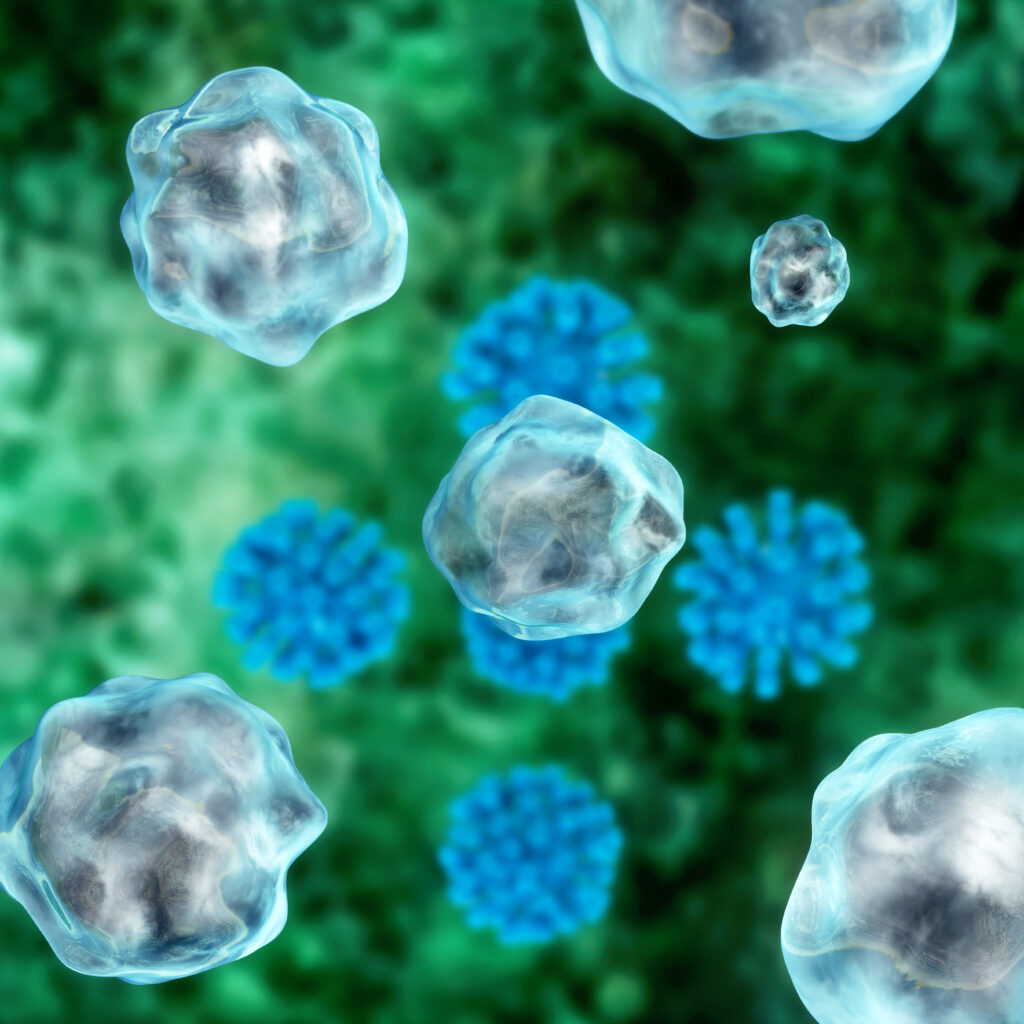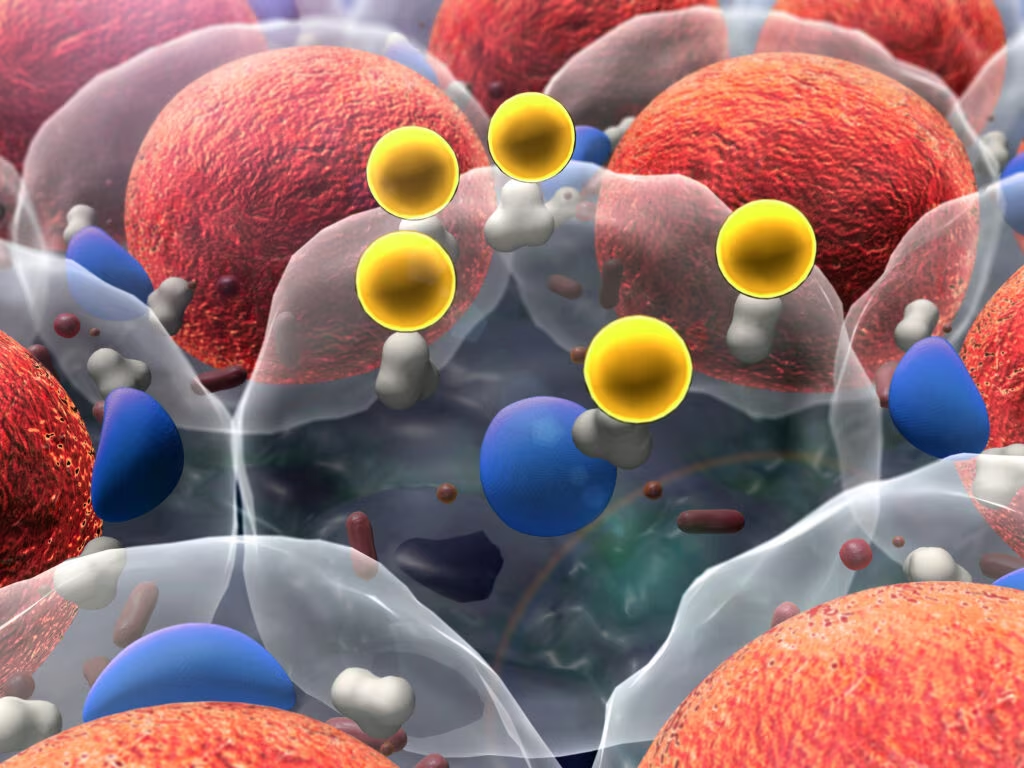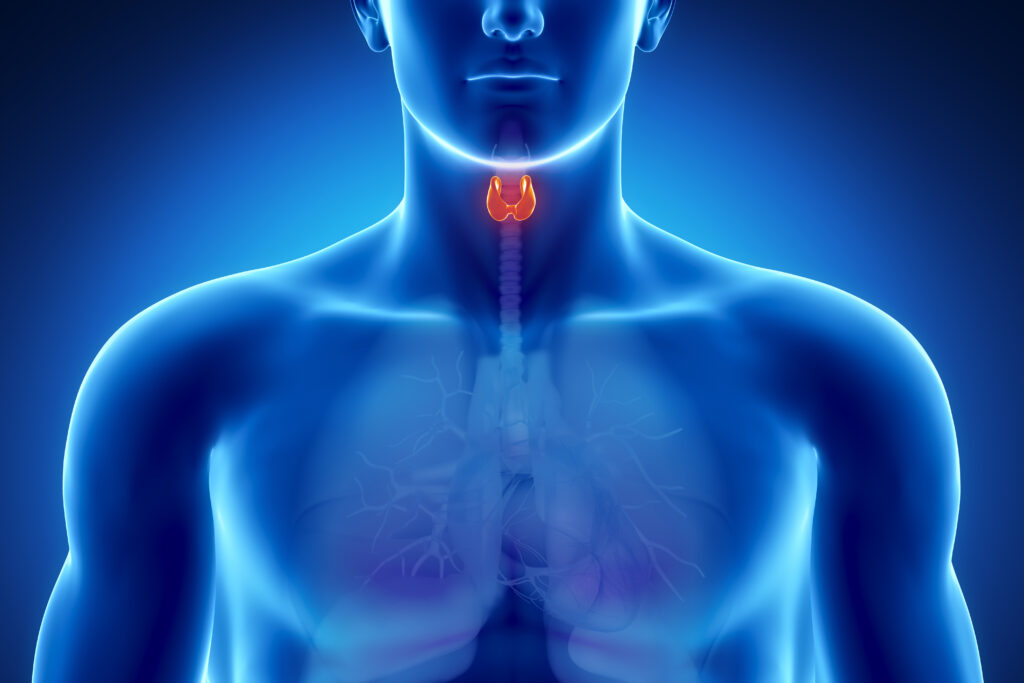Search Results
Showing Results for pituitary gland

Polycystic ovary syndrome (PCOS) is a complex, multisystemic condition characterized by reproductive, metabolic and dermatologic manifestations, including hyperandrogenism and ovulatory dysfunction. Despite its prevalence and significant impact on quality of life, PCOS remains underdiagnosed and poorly managed due to its ...

Dr Svenja Nölting shares how her international experiences and dedicated mentors shaped her career in neuroendocrine oncology, discusses the profound impact of hormones on the body, and highlights the future of precision medicine in tailoring treatments for endocrine disorders.

Cushing’s disease (CD) is caused by an adrenocorticotropic hormone (ACTH)-secreting pituitary adenoma, or rarely carcinoma, and is considered a highly morbid endocrine disorder with few medical options.1,2 Although transsphenoidal pituitary surgery (TSS) is the mainstay of treatment for ...

Obesity defined as abnormal or excessive fat accumulation that presents a risk to health, is a chronic disease linked to metabolic co-morbidities, such as type 2 diabetes mellitus and cardiovascular disease, a reduced life expectancy, economic burden and reduced quality of ...

Burkitt lymphoma (BL) is a non-Hodgkin B-cell lymphoma originating from the germinal center, characterized by dysregulation of the MYC gene, often resulting from the translocation of chromosome 8 into 14. It is extremely aggressive, representing the fastest proliferating cancer, and typically involves ...

Hypertension affects up to 40% of the adult population worldwide,1 and according to the World Health Organization’s 2021 estimates, globally 1.28 billion adults between 18 and 79 years are affected.2 Of these, 85% have essential hypertension3 and the remainder have secondary hypertension, which is potentially ...

Alopecia is a dermatological disorder characterized by hair loss from the scalp or body.1–3 It is one of the most common dermatological disorders worldwide and has several aetiologies, such as hereditary background, hormonal imbalance, infection or idiopathic causes.1,3,4 Alopecia can ...

Prof George Chrousos (National and Kapodistrian University of Athens Athens, Greece) provides his highlights from the 25th ECE Annual Meeting, 2023 and what hot topics and latest research to look looking forward to in 2023. Questions What are the key clinical highlights ...

Acromegaly is a rare, slowly progressive, acquired disorder that affects adults. It occurs when the pituitary gland produces too much growth hormone (GH). touchENDOCRINOLOGY were delighted to speak with Prof. Thierry Brue (Aix-Marseille University, Marseille, France) about the current treatment ...

Non-alcoholic fatty liver disease (NAFLD) encompasses a spectrum of fatty liver diseases, including non-alcoholic fatty liver (NAFL) and non-alcoholic steatohepatitis (NASH).1 NAFLD is associated with metabolic disorders, including obesity, hypertension, dyslipidaemia, type 2 diabetes mellitus (T2DM), hypothyroidism and metabolic syndrome.2 ...

Thyrotoxicosis refers to the signs and symptoms derived from excess circulating thyroid hormones in the body,1 which must be differentiated from hyperthyroidism, in which there is an increase in the synthesis and secretion of hormones by the thyroid gland.2 Approximately 1% ...

Depending on how it is defined, male hypogonadism affects between 10% and 30% of the male population and is often under-recognized and under-treated.1–3 It is defined by low sex hormone levels (<12 nmol/L or <300 ng/dL), which can affect multiple ...

Multiple endocrine neoplasia type 1 (MEN1) is an inherited tumour endocrine syndrome, with the parathyroid glands, anterior pituitary gland and pancreas as the main sites of MEN1-related neuroendocrine tumours (NETs). MEN1 is inherited in an autosomal dominant manner, with 90% of ...

Welcome to the latest edition of touchREVIEWS in Endocrinology. The articles in this issue present authoritative, up-to-date information on a wide range of topics, reflecting the scope of the broadening discipline of endocrinology. We begin with four articles on the ...

On 31 December 2019, the World Health Organization (WHO) was notified of several cases of pneumonia of unknown aetiology in Wuhan, China. After a relatively short period, officials confirmed the first case of coronavirus disease 2019 (COVID-19) reported outside of China, in Thailand, ...

In physiological conditions, the pituitary gland contributes to proper body functions and homeostasis. The assumed circadian rhythm of anterior pituitary hormones seems to be an important part of the hormonal balance. Cortisol release triggered by adrenocorticotropic hormone (ACTH) forms the ...

Short stature affects 2.5% of children and is one of the most common reasons for consulting a growth specialist during childhood.1 Normal height is a polygenic trait and derives from the interaction of several factors. It is known that height is ...

Obesity is a growing problem worldwide with extensive health and economic consequences, rendering interventions that encourage weight loss of great interest. Obesity is usually defined as a body mass index (BMI) of 30 kg/m2 or above, or 27.5 kg/m2 or ...
Latest articles videos and clinical updates - straight to your inbox
Log into your Touch Account
Earn and track your CME credits on the go, save articles for later, and follow the latest congress coverage.
Register now for FREE Access
Register for free to hear about the latest expert-led education, peer-reviewed articles, conference highlights, and innovative CME activities.
Sign up with an Email
Or use a Social Account.
This Functionality is for
Members Only
Explore the latest in medical education and stay current in your field. Create a free account to track your learning.

